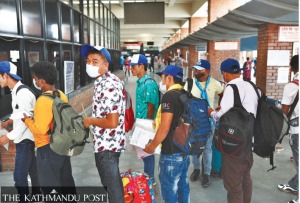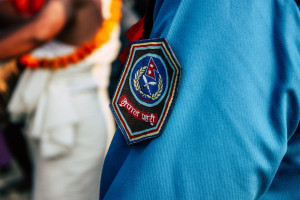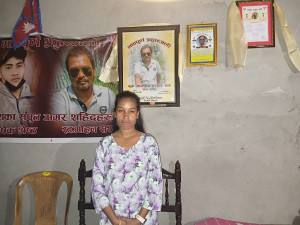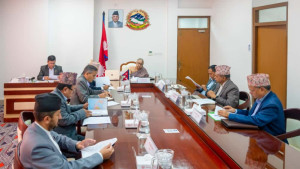Editorial
The India connection
The opening of four new air routes is welcome news but implementation is key
An agreement reached between Nepal and India to open four new air entry points has come as welcome news. According to the agreement, four new routes—Kathmandu-Biratnagar-Dhaka; Kathmandu-Janakpur-Patna; Kathmandu-Janakpur-Kolkota and Kathmandu-Mahendranagar-Delhi—will become bidirectional air routes, significantly easing the traffic congestion in Simara which currently services a majority of the inbound flights into the country. As part of the pact, a further review for two additional routes—through Nepalgunj and Mahandranagar (for high flying aircraft)—will be held in September this year.
While the agreement is a major breakthrough, it is worth noting that it was anything but expedited. Four years had passed since an airspace agenda was endorsed during Indian Prime Minister Narendra Modi’s first visit to Nepal in August 2014. According to the joint communiqué issued by the two sides after the visit, cross-border direct routes would serve to facilitate flights between airports in Pokhara and Bhairahawa, saving time and money for air travellers. They would also improve air connectivity between India and Nepal, and Nepal’s overall international traffic. But like many of Nepal’s other diplomatic undertakings, it too took an unprecedented amount of time to take off.
A number of issues had impeded any follow up on the 2014 decision. Nepali officials visited New Delhi in December 2016 to initiate negotiations, but by the time they returned to Nepal, public attention was diverted to another issue concerning India’s request that their air marshals be allowed to stay overnight in Kathmandu. And in February 2017, the two nations decided to form a technical team to initiate discussions on the opening of air routes. But these discussions failed to materialise as well.
All the while, it was evident that the operation of new air routes was essential, considering that Nepal has two international airports under construction and another being planned. Nepal is preparing to complete the $80 million Gautam Buddha Airport in Bhairahawa by 2019 and is also building a $216 million airport in Pokhara, which is scheduled to come into operation by July 2021. Another international airport costing $1.2 billion in Nijgadh is also planned. None of these airports, however, would have been be financially or technically feasible if not for the new air routes.
It is now essential that the new agreement is implemented in a timely manner. Without these air routes, international flights heading for the Gautam Buddha International Airport in Bhairahawa or the other airport in Pokhara would have to cover an additional 300km and 185km in aerial distance respectively. It is also crucial that the government carries forward the momentum during the follow-up meeting scheduled for September and secures two planned air routes over Mahendranagar and Nepalgunj. With two new airports set to start operations, the government can ill-afford yet another inordinately long delay due to bureaucratic inefficiency.




 23.12°C Kathmandu
23.12°C Kathmandu














